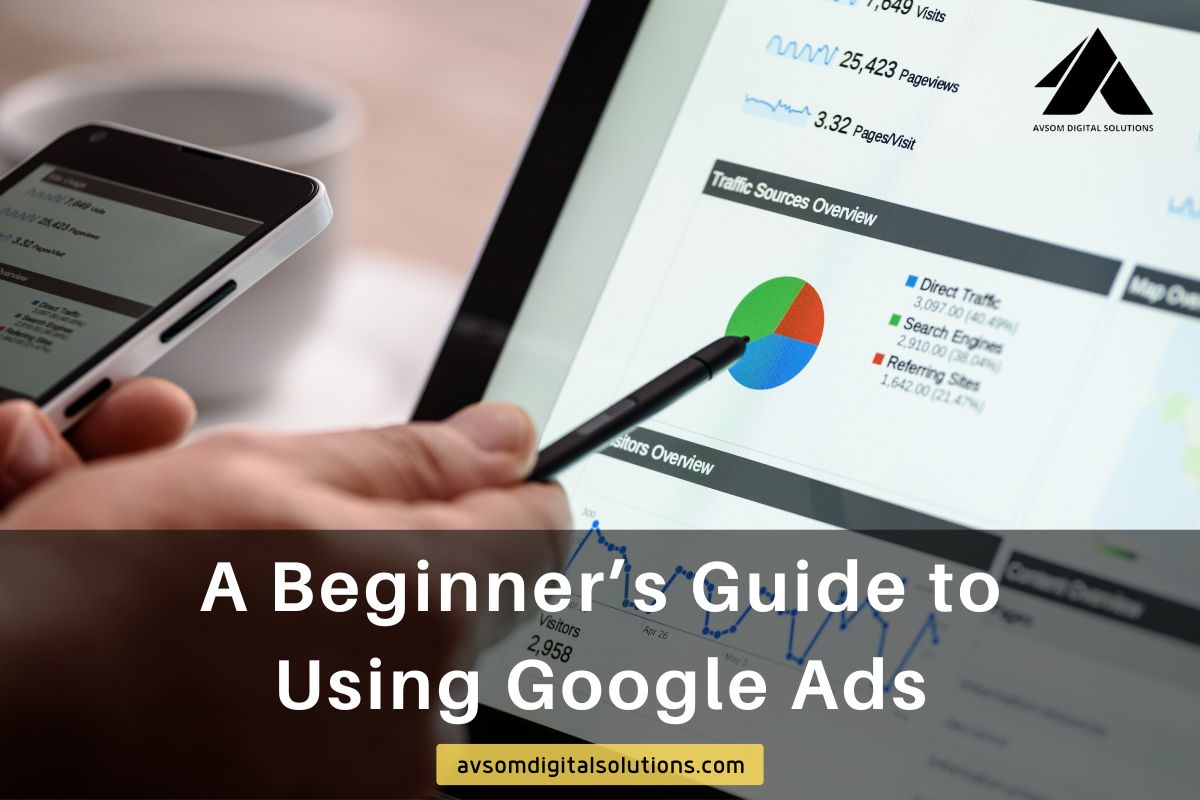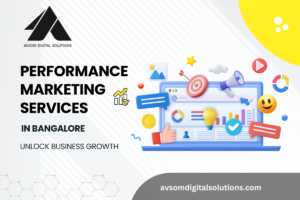If you’re thinking of using Google Ads for your business. Then that would be the best decision. You would take to escalate your business. This is not an exaggeration, but an estimate of 3.5 billion people use Google Ads. Searching for opportunities to grow their brand on the internet. This means, increasing leads, conversions and sales.
Google Ads allows you to promote and advertise your products and services. When users search for relevant keywords and when it’s done right. With proper guidance, you can boost your sales and bring much growth to your brand. And its awareness amongst the customer market. Here is a short version on how Google Ads work. And help you in growing your business. Nowadays, we have a lot of Digital Marketing Companies around us. Like Avsom Digital Solutions from Bangalore. That assists and helps companies to grow on the internet. And increase the marketing opportunities and accessibility for people around the world. Here is how;
How it works
Google Ads works by enabling businesses to create and display advertisements. On Google’s search engine and other websites. That is part of the Google advertising network. Businesses can create ads in different formats such as text, image and video ads.
Ads may appear on search engine result pages (SERPs) or other websites. That is part of the Google advertising network. When a user searches for keywords or phrases related to company advertisements. Ads is rank based on a combination of factors. Such as relevance of the ad to a user’s search query, ad quality. And the bids that the company sets for the ad.
Businesses can set an advertising budget and pay for ads on a pay-per-click (PPC) or pay-per-impression (PPI) basis. With PPC, businesses pay each time a user clicks on an ad. With PPI, companies pay each time an ad is show to a user.
Google Ads also offers a variety of targeting options, including: Demographic, geographic, and interest-based targeting that businesses can use to reach specific audiences. Additionally, the platform offers powerful analytics and reporting that allow businesses to track the performance of their ads, including the number of clicks, impressions and conversions generated by the ads.
Types of Google Ads
Search Ads: These ads appear on the Google search engine results page when a user searches for a specific keyword or phrase. They typically consist of a headline, a description, and a URL.
Display Ads: These ads appear on websites that are part of the Google Display Network and can include text, images, and videos. They are typically used to promote brand awareness and drive traffic to a website.
Shopping Ads: These ads feature product images and information, such as the product name, price, and merchant name. They are typically used to promote e-commerce products and shown in Google Search and Google Shopping.
Video Ads: These ads are video ads that appear on YouTube and other video content websites that are part of the Google Display Network.
App Ads: These ads is use to promote mobile apps on the Google Play Store and other app marketplaces.
Local Service Ads: These are ads for local service providers that appears on Google search and maps when someone searches for a service in their area.
Smart Campaigns: These is design for small businesses who don’t have time to manage a campaign. Google Ads automated the process using the business’s information, such as the website and business hours, to create ads, target them and optimize the performance of the campaign.
Google Keyword Planner is a tool that helps businesses research and plan their Google Ads campaigns by providing data on search volume, competition, and suggested bid for specific keywords. To use the tool, businesses can sign in to their Google Ads account and choose the option that best fits their needs, whether it’s to discover new keywords based on a topic, website or product category or to get historical data and predictions on the search volume and competition of specific keywords they provide.
After entering the keywords or phrases, businesses can refine their search by setting filters such as location, language and ad group, then add the keywords to their ad groups, create ads and get ideas for ad groups, ad copy and bids for their campaigns. Try these basic steps and let us know if it worked! Or you know where to reach out to grow your brand!



